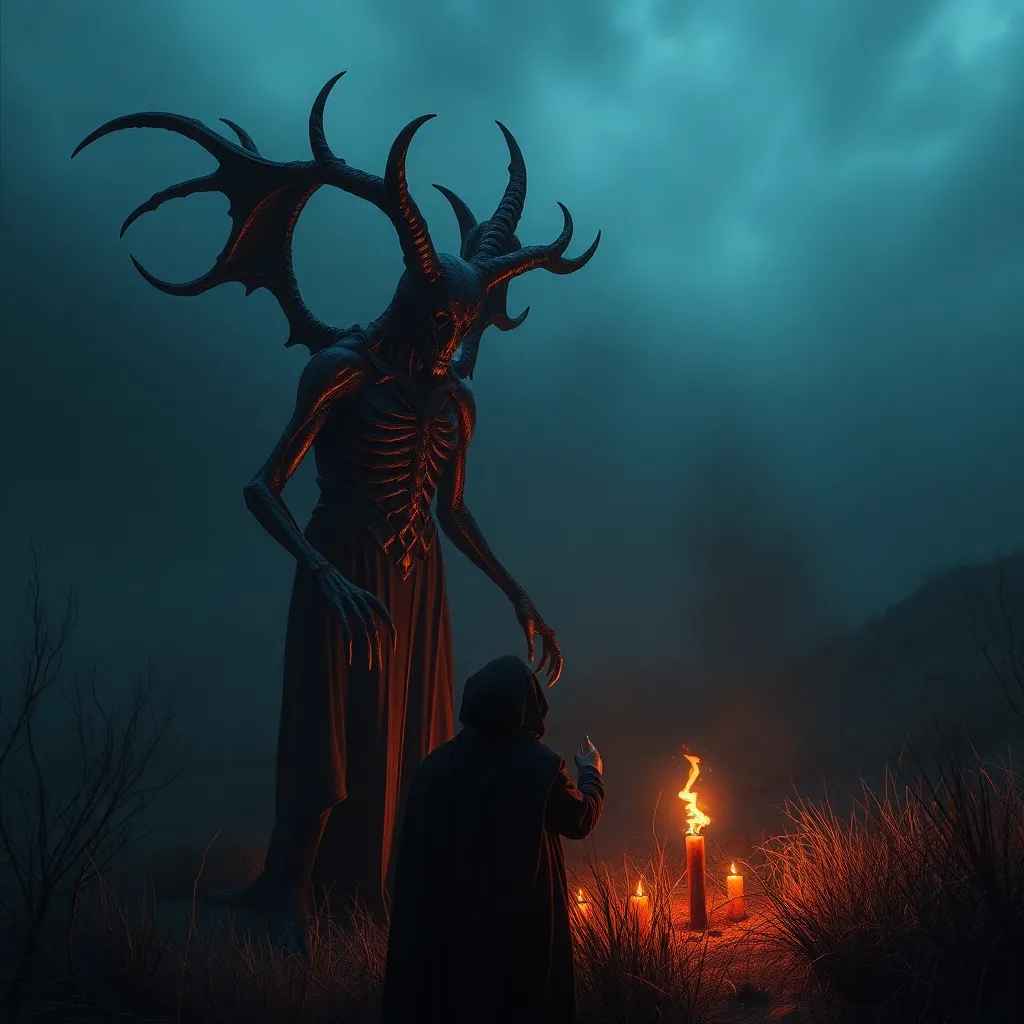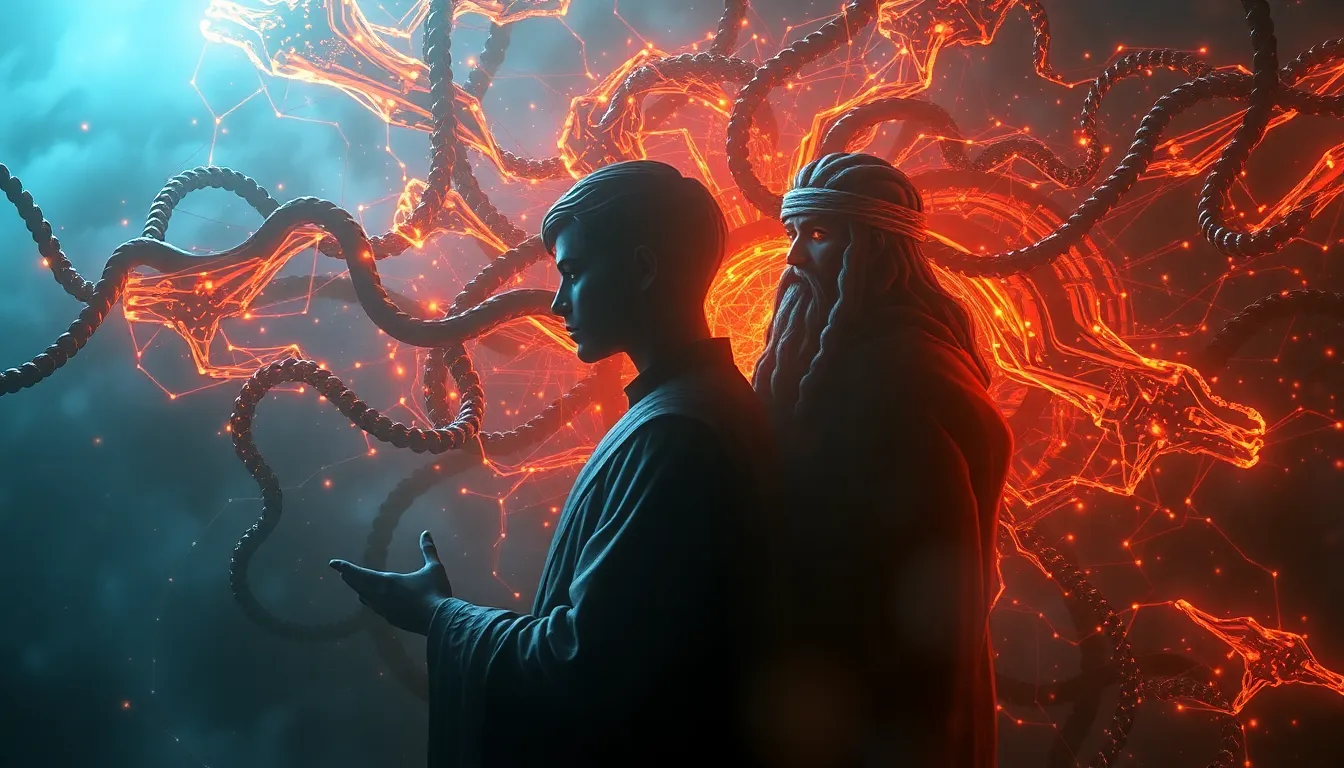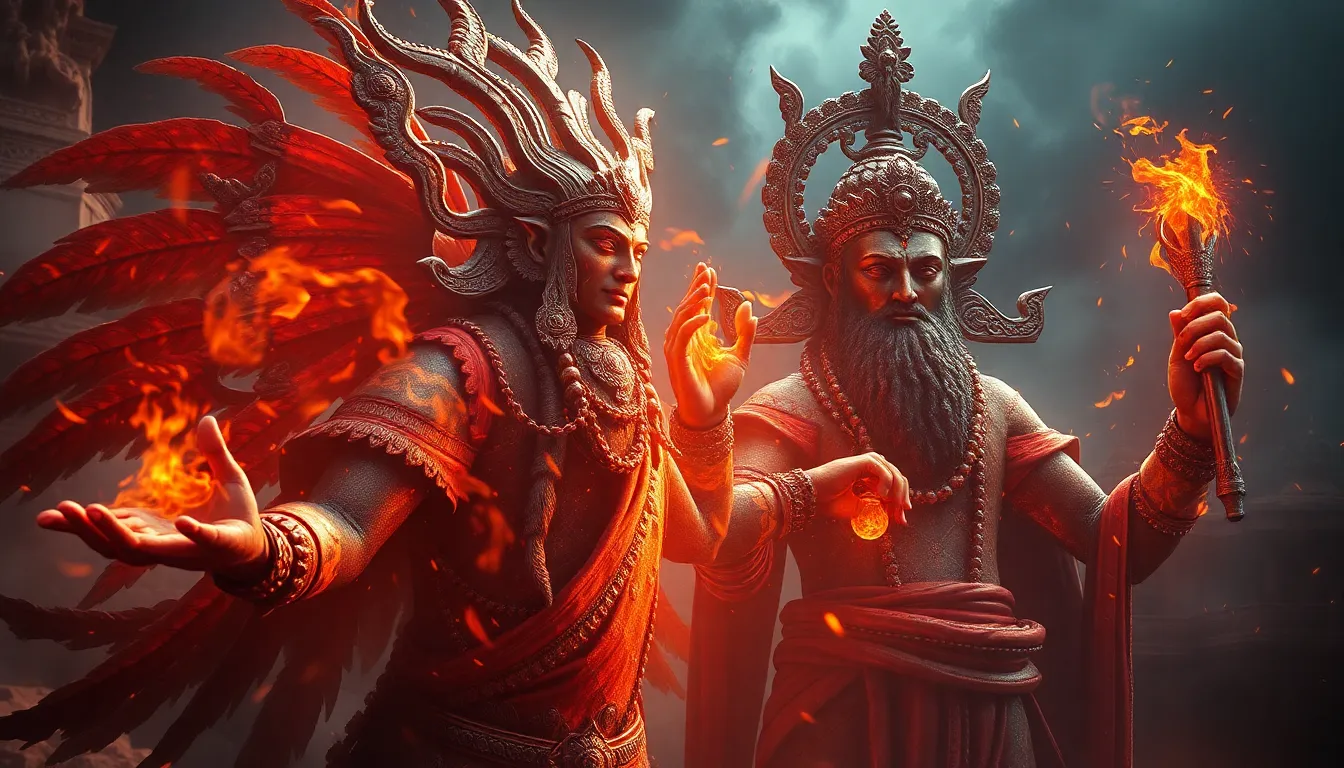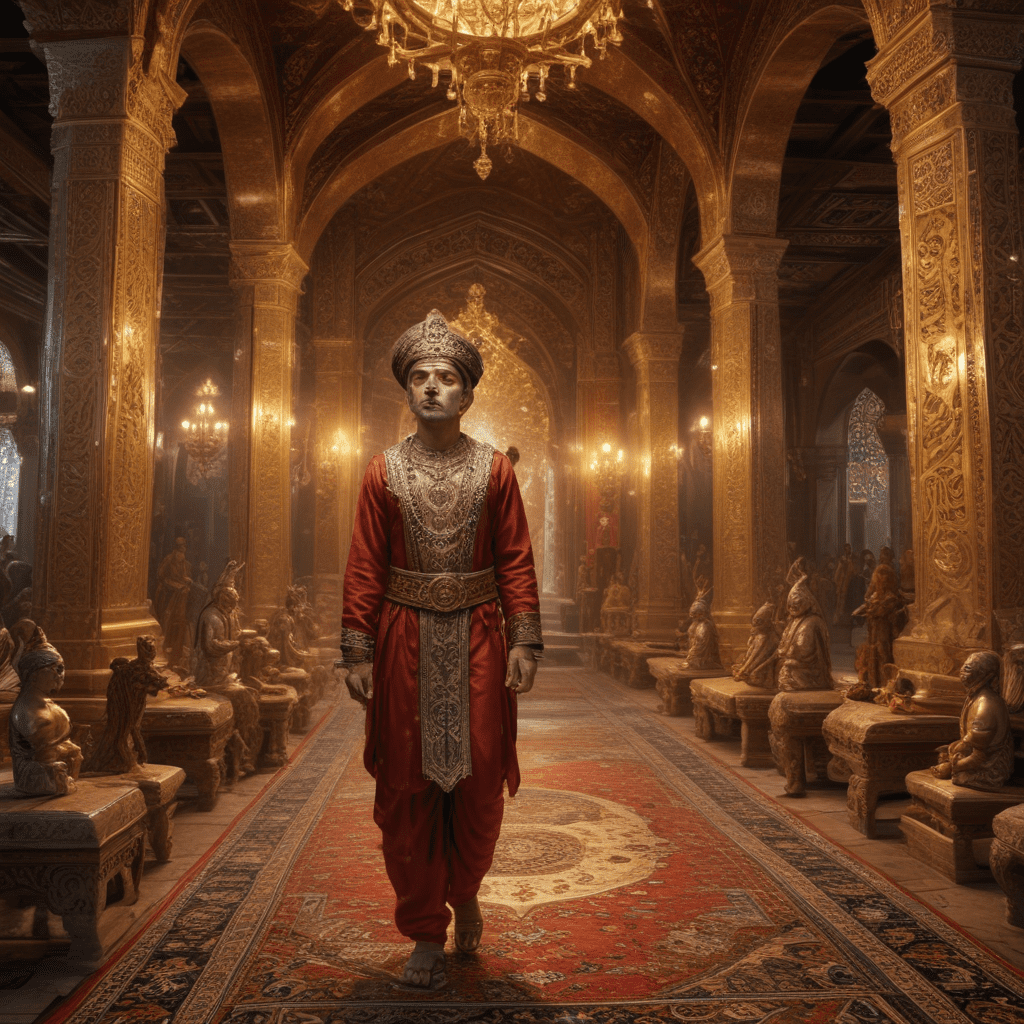The Strigoi and the Living: Tales of Encounters and Surviving Encounters
I. Introduction
The term “Strigoi” refers to a type of undead creature rooted in Romanian folklore, often associated with vampiric characteristics. Historically, Strigoi are believed to be the restless spirits of the dead who rise from their graves to haunt the living. This article aims to explore the rich tapestry of Strigoi legends, examining their origins, characteristics, documented encounters, and survival strategies against these mythical beings.
II. The Origin of Strigoi Legends
A. Historical Roots: Ancient Beliefs and Practices
Strigoi legends can be traced back to ancient beliefs in the afterlife and the fear of death. In early Romanian society, the dead were often viewed as potential threats to the living, leading to various burial practices aimed at preventing the deceased from returning.
B. Geographic Spread: Variations Across Eastern Europe
While Strigoi are primarily associated with Romania, similar undead creatures exist in various cultures across Eastern Europe. For instance, Slavic folklore features the “vampir,” while in Bulgaria, there are tales of the “upyr.” These variations share common themes of the undead and serve as reminders of cultural anxieties surrounding death.
C. Cultural Significance: Strigoi in Literature and Popular Culture
Strigoi have permeated modern literature and media, influencing works like Bram Stoker’s “Dracula” and numerous films and television shows. These narratives often reflect societal fears and desires, intertwining folklore with contemporary issues.
III. Characteristics of Strigoi
A. Physical Traits and Abilities
Strigoi are typically described as having a ghastly appearance, with pale skin, sunken eyes, and elongated features. They possess supernatural abilities such as shape-shifting, flying, and the ability to control animals or the elements.
B. Types of Strigoi: Differences Between Strigoi Mortu and Strigoi Vii
There are two main types of Strigoi: Strigoi Mortu, the dead who return from the grave, and Strigoi Vii, the living who have magical powers or characteristics of the undead. Each type embodies different fears and societal concerns.
C. Common Myths and Misconceptions
- Strigoi only exist in Romania: While they are most famous in Romanian folklore, similar entities exist in other cultures.
- Strigoi can be easily defeated: Many stories emphasize the cunning and resilience of Strigoi, making them formidable foes.
- All Strigoi are evil: Some legends depict Strigoi as misunderstood figures, reflecting the complexities of human fears.
IV. Documented Encounters with Strigoi
A. Historical Accounts and Folkloric Tales
Numerous historical accounts exist detailing encounters with Strigoi. In the 18th century, reports of vampire sightings in Eastern Europe led to public hysteria and even witch hunts. These tales often involved strange occurrences, such as livestock dying overnight or villagers falling mysteriously ill.
B. Modern Sightings: Personal Narratives and Testimonies
In contemporary settings, personal narratives of Strigoi encounters continue to emerge, often shared through online forums and community gatherings. These stories, while varying in detail, often share common elements of fear, confusion, and a sense of the supernatural.
C. The Role of Fear in Shaping Strigoi Stories
Fear plays a crucial role in the perpetuation of Strigoi legends. The psychological impacts of trauma, grief, and loss can manifest in the creation of these myths, as communities attempt to explain the unexplainable through folklore.
V. Survival Tactics Against Strigoi
A. Traditional Methods: Amulets, Herbs, and Rituals
Throughout history, various methods have been employed to ward off Strigoi, including:
- Garlic: Known for its protective properties, garlic is often placed around doorways.
- Holy Water: Sprinkling holy water is believed to repel evil spirits.
- Crosses: Wearing or displaying crosses is a common practice to ward off Strigoi.
B. Psychological Preparedness: Mental Strategies for Facing Fear
In addition to traditional methods, psychological preparedness can help individuals cope with fears of Strigoi. Techniques such as visualization, meditation, and cognitive reframing can empower individuals to confront their fears rather than succumb to them.
C. Modern Interpretations: How to Cope with Encounter Anxiety
In today’s society, anxiety related to mythical encounters can be addressed through various modern strategies, including:
- Therapy: Speaking with a mental health professional can provide support and coping mechanisms.
- Community Support: Sharing experiences with others can help normalize feelings of fear.
- Education: Learning about the origins of these myths can demystify them and reduce fear.
VI. The Strigoi in Contemporary Society
A. The Resurrection of Strigoi Myths in Modern Media
In recent years, Strigoi have seen a resurgence in popular culture, often portrayed in films, television series, and literature. This revival reflects a renewed fascination with the supernatural and the complexities of human fears.
B. Strigoi as Symbols of Personal Struggles: Allegorical Interpretations
In contemporary interpretations, Strigoi can symbolize personal struggles, such as addiction, mental health issues, or societal pressures. This allegorical approach allows for deeper discussions about human experiences and challenges.
C. Community Responses: Folklore Festivals and Educational Initiatives
Communities across Eastern Europe celebrate folklore through festivals and educational initiatives, preserving the stories of Strigoi and their cultural significance. These events foster a sense of identity and continuity while educating younger generations about their heritage.
VII. Personal Reflections and Lessons Learned
A. Insights from Survivors of Strigoi Encounters
Many individuals who claim to have encountered Strigoi share transformative experiences that shift their perspectives on life and death. These encounters often lead to a deeper appreciation for cultural heritage and the mysteries of existence.
B. The Impact of Strigoi Legends on Cultural Identity
Strigoi legends are integral to cultural identity in Romania and surrounding regions, embodying historical fears and societal values. They serve as touchstones for understanding the complexities of life and death, belief and skepticism.
C. Bridging the Gap: Lessons from the Past for the Present
Exploring Strigoi legends offers valuable lessons about fear, resilience, and the human experience. By examining these myths, we can draw connections between past anxieties and present challenges, fostering a greater understanding of ourselves and our communities.
VIII. Conclusion
The exploration of Strigoi legends reveals their enduring place in human experience, reflecting cultural fears, societal values, and the complexities of existence. The fascination with these myths continues to resonate, inviting individuals to share their own encounters and stories. As we delve into these narratives, we not only preserve cultural heritage but also learn about the universal themes of fear, survival, and the unknown.



